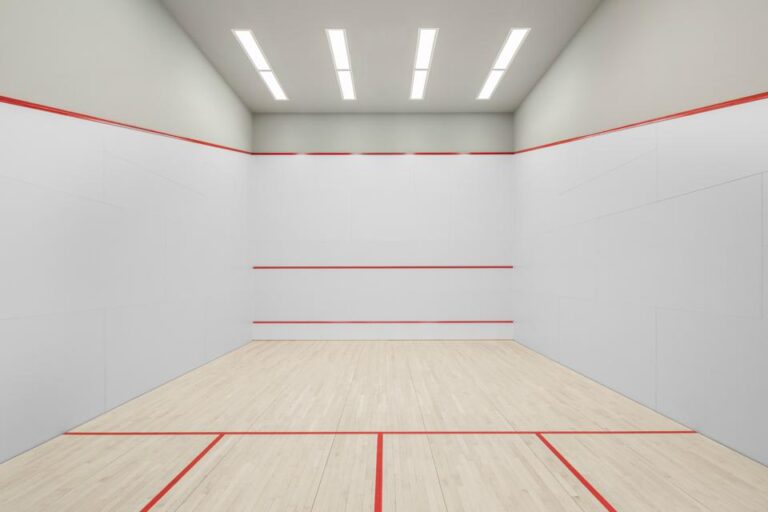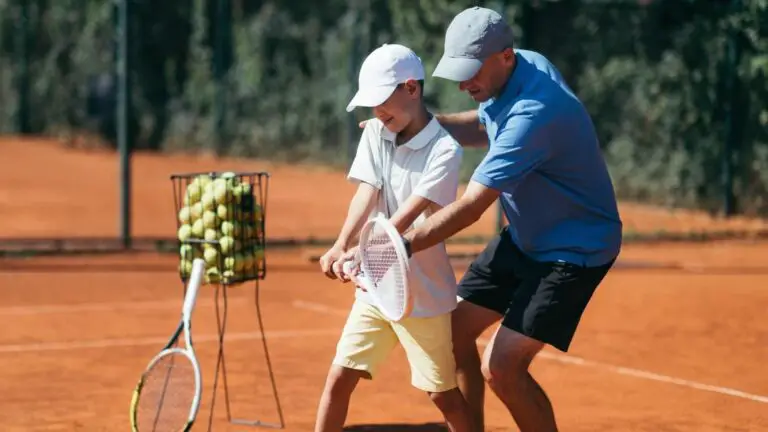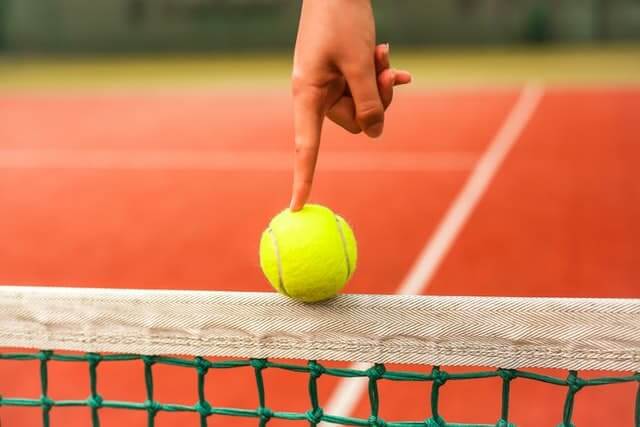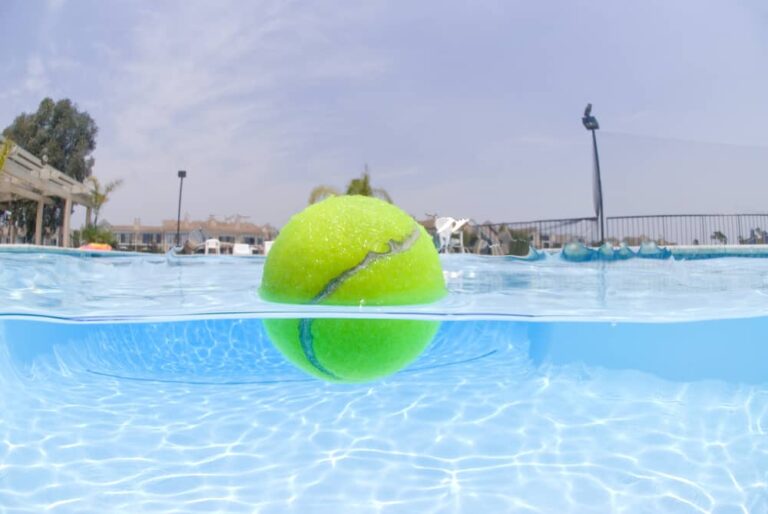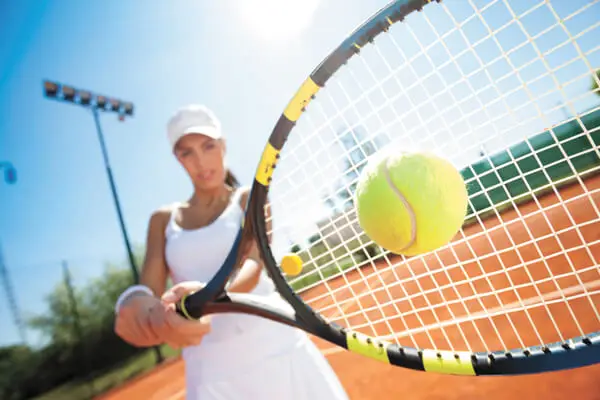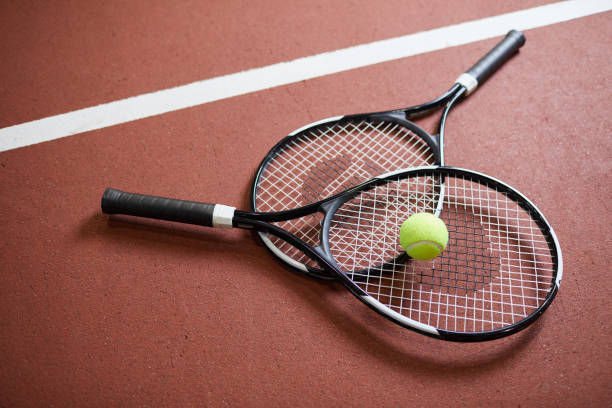Can I Play Tennis With A Racquetball Racket?
If you’ve ever found yourself staring at a racquetball racket and wondered, “Could I use this for tennis?” – you’re not alone. Using a racquetball racket to play tennis might seem intriguing, like a quirky idea that could either end in a surprising triumph or a hilarious fail.
No. A tennis racket weighs more and is longer than a racquetball racket, thus the difference Your wrist could get damaged. Tennis does not require a wrist action, whereas racquetball does.
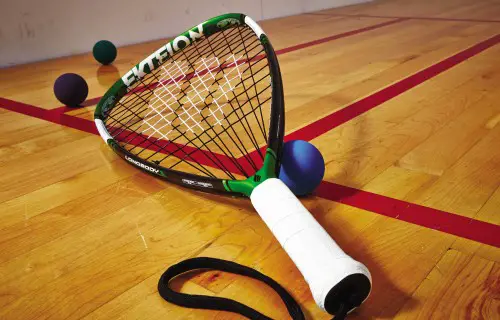
In this article, we will dive headfirst into this curious dilemma and uncover whether you can play tennis with a racquetball racket. So, let’s get started!
Why Using Racquetball Rackets for Tennis Might Not Be Ideal?
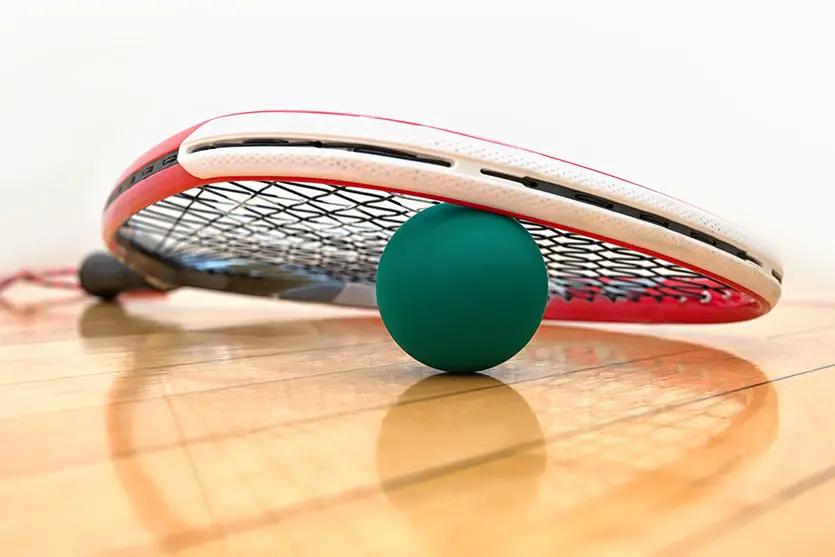
You’ve understood by now that we can’t play by racquetball racket, so let’s delve into why it’s not an ideal option. Playing tennis with a racquetball racket might seem like a fun experiment, but there are several reasons why it’s not the best idea. Let’s explore these reasons step by step:
1. Grip and Control
Racquetball rackets have a thinner grip compared to tennis rackets. In tennis, a larger grip allows for better control, especially when using both hands for shots like two-handed backhands. Using a racquetball racket might make maintaining a secure and comfortable grip harder, affecting your control over the ball.
2. Accuracy and Sweet Spot
Tennis rackets have a larger head size, resulting in a more significant “sweet spot.” This sweet spot is the optimal area on the racket’s strings for hitting the ball accurately and powerfully. Racquetball rackets, with their smaller head, have a smaller sweet spot. Switching to a racquetball racket might make it more challenging to hit the ball with accuracy consistently.
3. Swing Mechanics
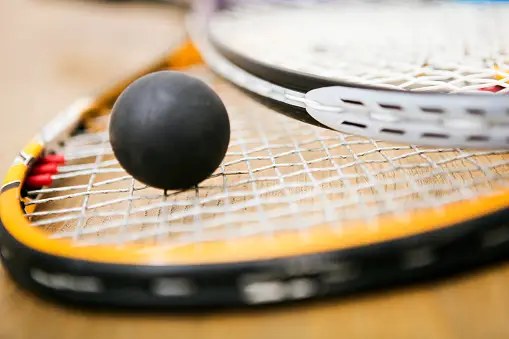
Tennis and racquetball have different swing mechanics due to the nature of the games. Tennis requires longer swings for shots that need to cover a larger court area. Racquetball, a faster-paced game, relies on quick wrist movements and shorter swings. Adapting your swing from one style to another mid-game can perplex your performance.
4. Power and Precision Balance
Racquetball rackets can offer more power due to their stringing and design, but they often lack the precision required for accurate shots in tennis. If not controlled properly, the increased power might lead to hitting the ball out of bounds or into the net.
5. Playing Style and Adaptation
Tennis and racquetball have distinct playing styles. Tennis involves a mix of powerful serves, baseline rallies, and net play. Racquetball demands quick reflexes, close-quarters shots, and wall rebounds. Using a racquetball racket in tennis might hinder your ability to adapt to the different requirements of the game, affecting your overall performance.
6. Skill Level Challenges
Using a racquetball racket could be particularly challenging if you’re a beginner or intermediate tennis player. Adapting to the differences in grip, swing, and control might add unnecessary complexity as you’re still learning the fundamentals of tennis.
7. Court Surface Interaction
The type of court surface also influences the choice of racket. Tennis is played on various surfaces like grass, clay, and hard courts. The interaction between the racket and the ball varies based on the court. Racquetball needs rackets that can manage quick exchanges and motions because they are often played on indoor courts.
8. Size and Shape
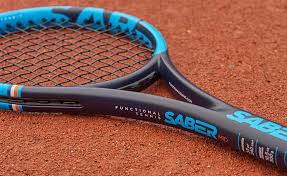
The two rackets are immediately distinguishable from one another by their size and shape. Racquetball rackets are typically shorter and smaller than tennis rackets. A tennis racket’s giant head offers a more excellent hitting surface, which makes it slightly simpler to strike the ball. The smaller head of racquetball rackets, on the other hand, makes them better suited for rapid and accurate shots.
9. Stringing Pattern
The stringing pattern varies between the two rackets or how the strings are arranged on the racket’s head. The string design of tennis rackets is frequently more open, which can increase the force with which the ball is struck. However, racquetball rackets typically feature a denser string pattern, which aids players in precisely controlling the smaller racquetball.
10. Weight and Balance
The balance and weight distribution of the rackets differ. Tennis rackets are often heavier, which can help strokes have more force. Because racquetball rackets are lighter and more agile, players can respond quickly to the game’s fast-paced nature.
I have provided a Reddit link solely for your convenience to benefit from their discussions.
Is Racquetball Harder Than Tennis?
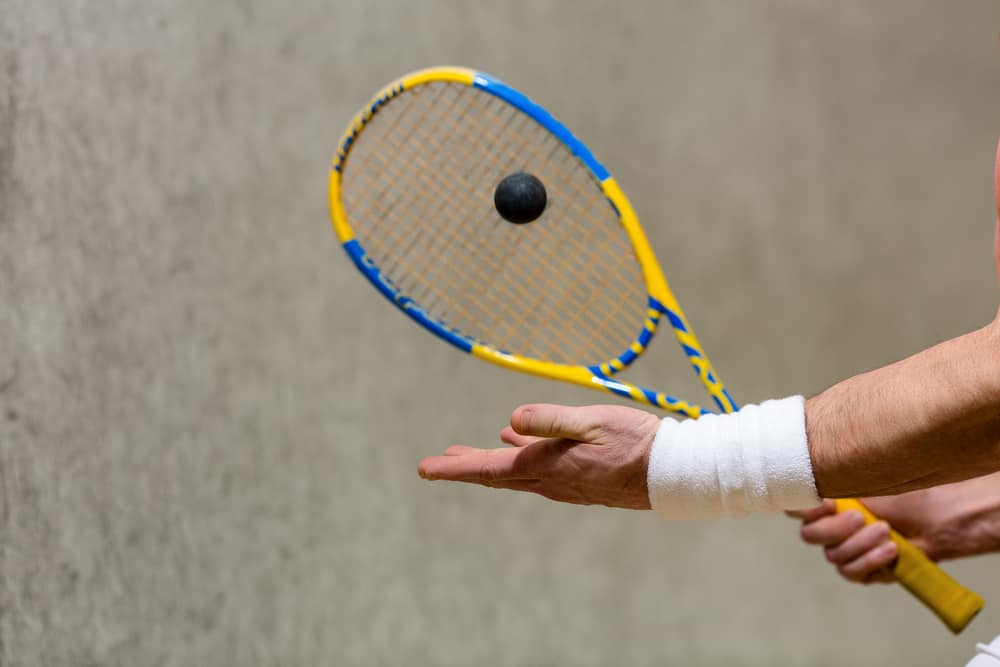
The perception of which sport is more difficult depends on individual tastes, physical characteristics, and the skills one is ready to learn. But specific elements of both sports can provide information about how difficult they are in comparison:
Racquetball
Pace and Proximity
Racquetball is recognized for being fast-paced, with players having little opportunity to respond to the ball’s trajectory. The ability of the ball to bounce off of walls adds an element of unpredictability and calls for rapid reflexes.
Close-Quarters Play
To avoid striking the walls and losing points, racquetball frequently entails shots that are played close to them.
Agility and Quickness
Due to the small playing surface, racquetball players must move across the court, change directions quickly, and maintain balance while performing strokes.
Tennis
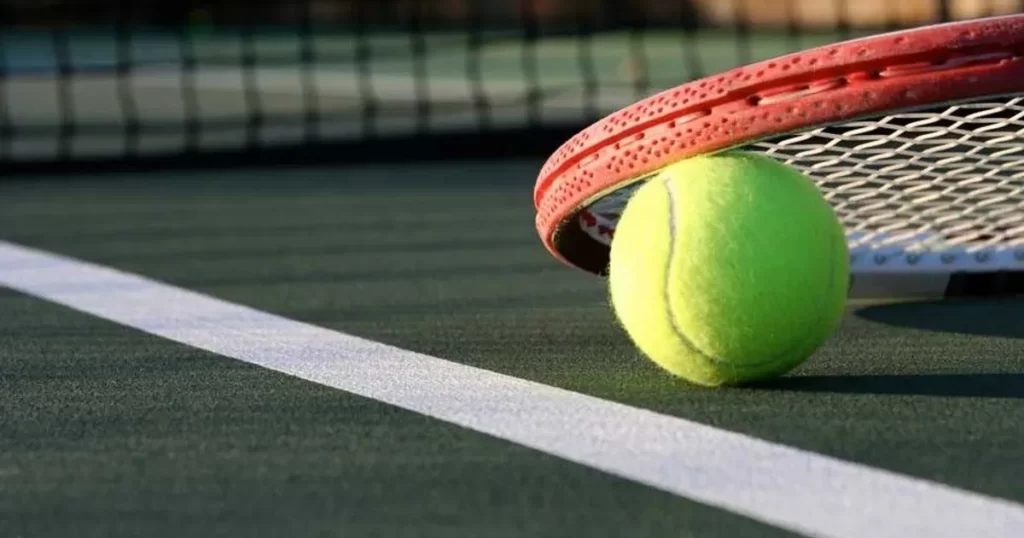
Court Size
Tennis players must cover more ground during rallies due to the larger tennis courts. This requires a combination of stamina, quickness, and strategy.
Varied Surfaces
Different court surfaces, including grass, clay, and hard courts, are used for tennis. The gameplay is impacted differently by each terrain. Thus, players must modify their approaches.
Serve and Strategy
The game of tennis depends heavily on the accuracy and force of the serves. To trick opponents, players must also plan their shots and movements.
I have covered every reason related to ” Why it’s not ideal to Play Tennis With A Racquetball Racket? Comprehensively, address even the smallest ones so your issue can be resolved. However, if you still need clarification, you can also benefit from the YouTube link.
Playing Tennis with a Racquetball Racket: When Might It Work?
Due to the differences in form and style, using a racquetball racket for tennis is typically not advised. However, there are a few situations where it can be advantageous:
1. Casual Practice
Using a racquetball racket during practice could give a challenge and variation if you’re playing for leisure rather than trying to perform at a competitive level.
2. Training Agility
Racquetball rackets are lighter and more maneuverable, which can help enhance your agility and quick reflexes on the tennis court. This could be particularly useful for drills focused on movement.
3. Power Practice

If you’re specifically working on increasing your power and strength in tennis shots, using a racquetball racket might help you develop extra wrist and forearm strength due to its design.
4. Surprise Tactics
In friendly matches or doubles games, surprising your opponents with an occasional shot from a racquetball racket could catch them off guard, adding a strategic element to your game.
5. Improvisational Skills
If you find yourself without a tennis racket but with a racquetball racket on hand, playing a few points with it could test your adaptability and improvisation, similar to practicing with a weighted racket.
For further assistance, click on the provided YouTube link and gain a better visual understanding of the topic.
Frequently Asked Questions
1. Can I use a racquetball racket for tennis if I’m starting in tennis?
While it’s technically possible, using a tennis racket designed for beginners is recommended to help you learn proper techniques and develop consistent strokes.
2. Will using a racquetball racket for tennis improve my power and agility?
While a racquetball racket might offer extra power due to its design, it’s important to note that it could also compromise accuracy and control, which are crucial in tennis.
3. Are there any advantages to using a racquetball racket for specific shots in tennis?
A racquetball racket might provide additional power for serves or certain baseline shots, but the lack of precision could counterbalance the benefits.
4. Can I switch between a tennis racket and a racquetball racket during a tennis match?
Switching between rackets mid-game is impractical and could disrupt your gameplay due to differences in grip, swing mechanics, and sweet spot.
5. Is there a chance of injury if I use a racquetball racket for tennis?
Using the wrong racket might lead to improper technique, increasing the risk of strain or injury, especially when attempting shots unfamiliar with the racket’s design.
Conclusion
In sports, curiosity can lead to questions like, “Can I use a racquetball racket for tennis?” But differences in grip, swings, and tactics make tennis rackets better for tennis. They offer accuracy and control. Each racket is designed for its own game. So, choose the right one to enjoy and improve in your sport, tennis or racquetball.
REFERENCES
- https://www.quora.com/Can-one-play-racquetball-with-a-tennis-racket#:~:text=Short%20answer%20is%20no.,action%20where%20tennis%20does%20not.
- https://www.reddit.com/r/tennis/comments/flvfq2/can_i_use_a_racquetball_racket_for_tennis/
- https://tt.tennis-warehouse.com/index.php?threads/im-pretty-good-at-tennis-but-will-racquetball-ruin-it.361210/
- https://www.reddit.com/r/racquetball/comments/7kz6dc/coming_from_tennis_looking_to_buy_a_racquetball/
- https://www.quora.com/Which-racket-sport-would-be-more-intense-tennis-or-racquetball

